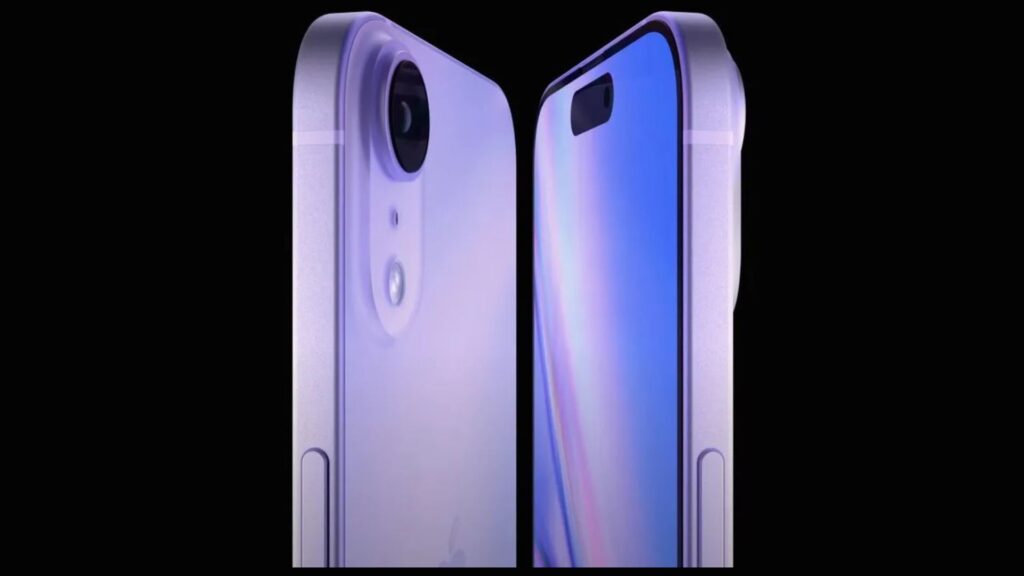Apple is set to redefine smartphone design with its upcoming iPhone 17 Air, a device that promises to be the thinnest iPhone ever created. Recent leaks have unveiled an ambitious engineering feat that could potentially reshape the smartphone landscape, challenging conventional design limitations.
The Thinness Revolution
Measuring approximately 6.25mm thick—about 2mm thinner than the iPhone 16 Pro—the iPhone 17 Air represents Apple’s bold vision of minimalist technology. Forbes reports that this radical design change will be primarily enabled by Apple’s in-house modem system, a technological breakthrough years in the making.

Design Challenges and Innovations
The ultra-thin profile comes with significant engineering challenges. Apple is utilizing an innovative aluminum-titanium alloy frame and a refined OLED display technology to achieve this unprecedented slimness. However, the pursuit of thinness raises critical questions about device functionality.
While innovation in design is crucial, Apple must balance aesthetics with functionality,” notes Ming-Chi Kuo, a renowned Apple analyst.
Battery and Performance Concerns
The dramatic reduction in device thickness directly impacts battery capacity. Sources suggest Apple is developing compact battery technology to maintain all-day performance, but users may need to adjust expectations about battery life.
Key Compromises
- Single-Lens Camera: Unlike multi-lens Pro models, the iPhone 17 Air will feature a simplified camera setup
- Potential eSIM-Only Design: Eliminating the physical SIM card tray to save space
- Advanced Materials: New anti-reflective coating promising enhanced scratch resistance

Market Implications
Priced potentially higher than previous models, the iPhone 17 Air isn’t just a smartphone—it’s a statement. By prioritizing design and pushing technological boundaries, Apple signals its commitment to redefining user expectations.
The Broader Context
This isn’t Apple’s first design revolution. Since the iPhone 6’s 6.9mm thickness, the company has consistently challenged engineering constraints. The iPhone 17 Air represents another milestone in this ongoing journey of technological miniaturization.
Expert Perspectives
Industry analysts remain divided. Some see this as a groundbreaking innovation, while others caution about potential compromises in user experience.
What Remains Uncertain
- Battery performance under real-world conditions
- Long-term durability of the ultra-thin design
- Consumer reception to a potentially more expensive, less feature-packed model
Looking Ahead
Expected to launch in September 2025, the iPhone 17 Air could either be a revolutionary design or a cautionary tale in smartphone engineering. Only time will reveal whether this ultra-thin dream becomes a sustainable reality.















